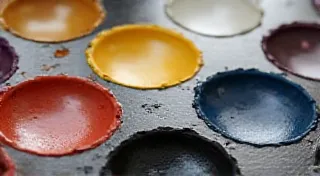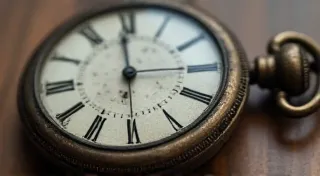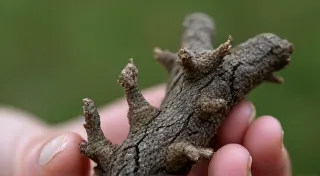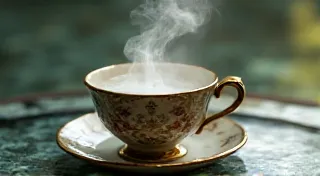The Dancer’s Footfall: How Accordion Design Influenced Dance Styles
There’s a romance inherent in the antique accordion – a whisper of history clinging to the bellows, the weight of countless melodies felt in the buttons and keys. We often think of the accordion as a distinct instrument, separate from the world of dance. But a deeper look reveals a fascinating, intricate relationship. The physical form of the antique accordion – its size, its weight, its tuning, the very materials used in its construction – weren’t born in a vacuum. They were intimately shaped by, and subsequently influenced, the evolution of dance styles across cultures and generations. It's a symbiotic connection, a dialogue between music and movement.
My own fascination began with a small, Italian bellows accordion from the late 1880s, a gift from my grandfather. He’s a collector of antique musical instruments, and while he plays beautifully, it was the *feel* of that accordion that captivated me—the worn leather, the slightly brittle reeds, the almost tangible history vibrating within its frame. Each time I’ve held it, I’ve felt a kinship with the musicians and dancers who once relied on its music to tell stories, to celebrate life, and to express profound emotion.
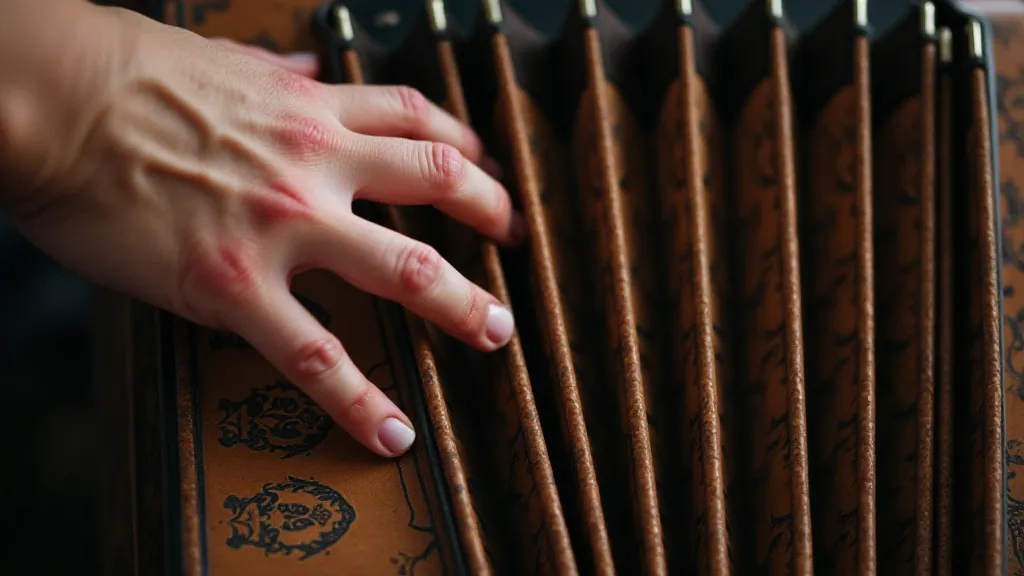
The Rise of the "Bauletto" and the Polka Craze
The mid-19th century saw the emergence of what's known as the "bauletto" accordion - a small, portable instrument, often referred to as a "little box" accordion. This miniaturization was crucial. The era witnessed a surge in popularity for dances like the polka, the mazurka, and the schottische – lively, energetic dances that demanded mobility. Think of the crowded ballrooms of Vienna and Prague, packed with dancers whirling and leaping across the floor. A bulky, heavy accordion would have been completely impractical. The lighter bauletto allowed musicians to keep pace with the frenetic energy of these new dances, often playing from the sidelines or even joining the dancers themselves, adding to the festive atmosphere. The enduring legacy of these dances, and the instruments that accompanied them, echoes even today, sometimes revealing forgotten melodies – a phenomenon explored more deeply in articles like "Chromatic Ghosts: The Echoes of Forgotten Polkas".
The tuning of these early bauletto accordions also played a role. While some featured complex chromatic scales, many were tuned to diatonic scales, perfect for playing the folk melodies that underpinned these dances. The limited range encouraged improvisation within those confines, fostering a uniquely personal style of accompaniment that could easily adapt to the dancers' whims. A musician could respond to a particularly spirited turn or a particularly exuberant leap, adding a flourish here, a rhythmic variation there, creating an almost conversational relationship between music and movement.
Across the Atlantic: The Accordion and Cajun Dance
The accordion’s journey across the Atlantic to Louisiana is a compelling chapter in this story. Brought by immigrants from Europe, particularly from France, Germany, and Poland, the instrument quickly became the backbone of Cajun music. Here, the accordion’s adaptability shone even brighter. The demanding nature of Cajun dance – a blend of European folk traditions and African rhythms – required an instrument capable of delivering both driving rhythms and soulful melodies. Early Cajun accordions were often robust, built to withstand the rigors of outdoor dances and the humidity of the Louisiana bayous.
The physical limitations of these early Cajun instruments – the often-slightly off-key reeds, the sometimes-clunky buttons – paradoxically contributed to the unique character of Cajun dance. The slight imperfections in the sound forced dancers to respond instinctively, to find the groove within the slight variations. It wasn’t about pristine accuracy; it was about feeling the rhythm and letting the music carry you. Think of the two-steps and waltzes, the spirited breakdowns, all propelled by the raw, honest sound of a well-worn accordion. The meticulous preservation of these instruments – and the dedication of those who breathe new life into them – is crucial to understanding their significance, a pursuit examined in detail by dedicated collectors, as explored in "The Collector's Vigil: Preserving the Legacy of Forgotten Accordion Makers."
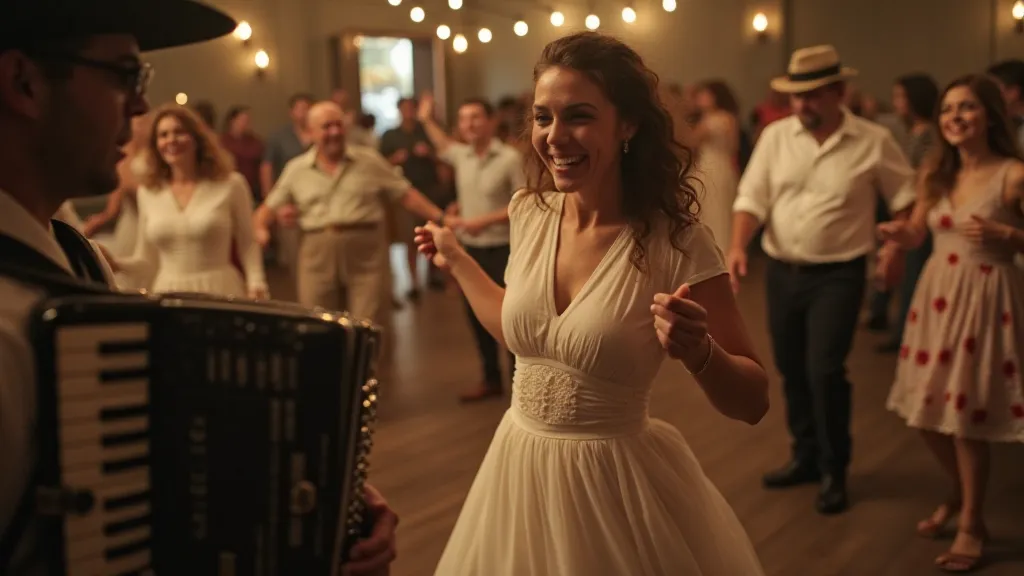
Further East: The Russian Balyaloika and the Circular Dance
Further east, in Russia and surrounding regions, a smaller, more compact accordion—often referred to as a "balyaloika"—developed alongside distinctive circular dance forms. These dances, which often involved large groups of people moving in a continuous circle, demanded an instrument that could project its sound over a significant area while remaining easily portable. The smaller size of the balyaloika, coupled with its often-bright and cheerful tuning, proved ideal for this purpose. The continuous, repetitive nature of the dance form encouraged a similar cyclical quality in the music—a mesmerizing interplay of rhythm and movement.
The construction materials also tell a story. Early balyaloikas frequently employed birch wood, a readily available and relatively lightweight resource. This contributed to the instrument’s portability and allowed musicians to move freely within the circle of dancers. The simple, often unadorned exterior of these instruments reflected a utilitarian purpose – to provide the music, not to be a showpiece. The intricate mechanics of these antique instruments, and the skill required to restore them, are testaments to a lost art – a subject requiring acute observation and a deep understanding of the button mechanisms and reed systems, a level of detail that reveals the nuanced language of the instrument, as discussed in "The Button's Whisper: Decoding the Language of Antique Accordion Keys."
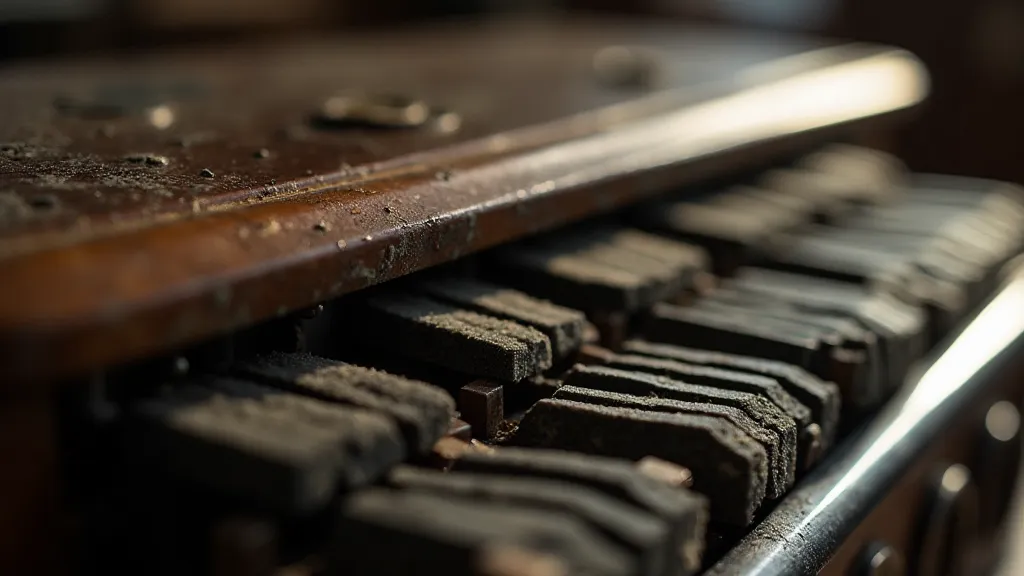
The Evolution of Accordion Design and Craftsmanship
The development of the accordion wasn't a linear progression. Regional variations and cultural influences created a tapestry of designs, each reflecting the specific needs and aesthetic preferences of the musicians and dancers who relied on them. While the bauletto’s portability revolutionized dance accompaniment in Europe, the Cajun accordion in Louisiana developed its own distinct voice, shaped by the rhythms and traditions of a new world. Similarly, the balyaloika in Russia embodied the communal spirit of circular dances, its simplicity reflecting a focus on functionality and accessibility.
The craftsmanship involved in creating these early accordions was remarkable. Builders used techniques passed down through generations, selecting materials for their acoustic properties and durability. The tuning of the reeds, the construction of the bellows, the placement of the keys – all required a level of skill and artistry that is rarely seen in modern mass-produced instruments. Restoring these antique accordions is more than just repairing broken parts; it’s about recreating the conditions in which they were originally made, preserving the unique character of each instrument.
The Modern Accordion: A Legacy of Movement
The rise of classical accordion music in the 20th century led to larger, more complex instruments, capable of a wider range of dynamics and expression. The concertina, a related free-reed instrument, also experienced its own evolution, adapting to different musical styles and performance contexts. However, the influence of dance remained. The ergonomic design of modern accordions, the placement of buttons and keys, the responsiveness of the bellows – all of these factors are informed by the need to create an instrument that is both musically versatile and physically comfortable for the musician, often in the context of a performance which demands movement and interaction with an audience. Even the act of restoration itself—reconstructing a piece of history—can evoke powerful emotions and connect the restorer with the musicians and dancers of the past, a profound connection explored in "Beyond the Mechanics: The Emotional Resonance of a Finished Restoration."
The ongoing quest to understand and appreciate the history of the accordion is a testament to its enduring cultural significance. As collectors and restorers, we’re not just preserving instruments; we’ve become custodians of a vibrant cultural legacy. Every cracked bellows, every worn button, every slightly warped reed tells a story – a story of music, movement, and the enduring connection between the dancer’s footfall and the accordion’s heartbeat.
